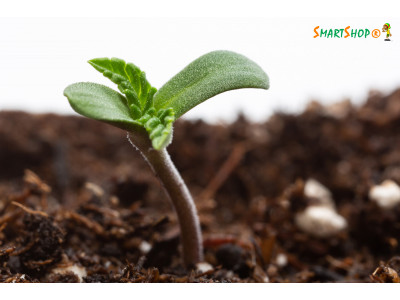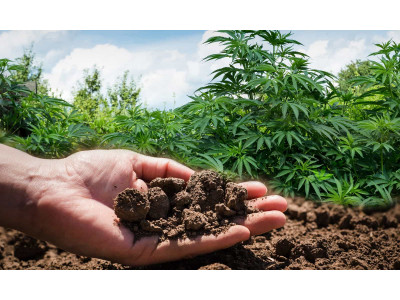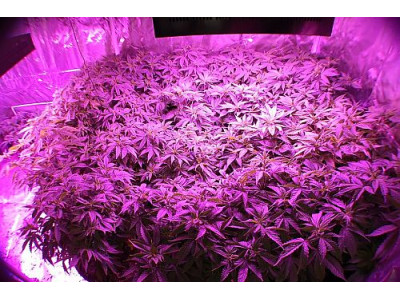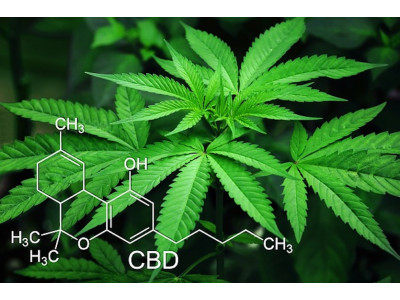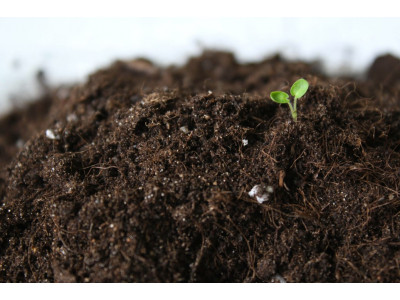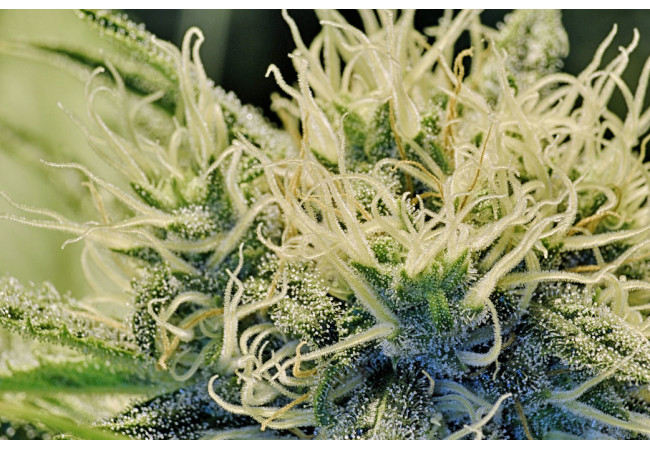
Cannabis diseases: how to detect, treat and prevent.
All growers give everything only the best to their plant, but it also happens that the plant gets sick, and the novice grower does not know what to do with it and makes a lot of mistakes. To prevent this from happening, you need to follow some rules. In this article, we will discuss cannabis diseases and how to treat them.
Identifying crop problems
Three common problems that are particularly prevalent among cannabis and related crops:
- powdery mildew;
- grey rot;
- root rot.
Fortunately, they are pretty easy to spot if you know what to look for. However, depending on the condition and how bad it is, this can mean a reduced yield or even a spoiled crop.
Powdery mildew
Fungal infection - affects the leaf plate and flowering, covering it with a white bloom. This marijuana leaf disease is able to spread from plant to plant, thus the entire planting can be impacted. Most often found in outdoor cultivation.
Reason: high humidity.
To fight against powdery mildew: To 1 liter of water, dissolve 4 g of soda ash and 4 g of laundry soap, grated on a fine grater.
The grower needs to closely monitor the condition of his green friend, because this directly impacts the yield.
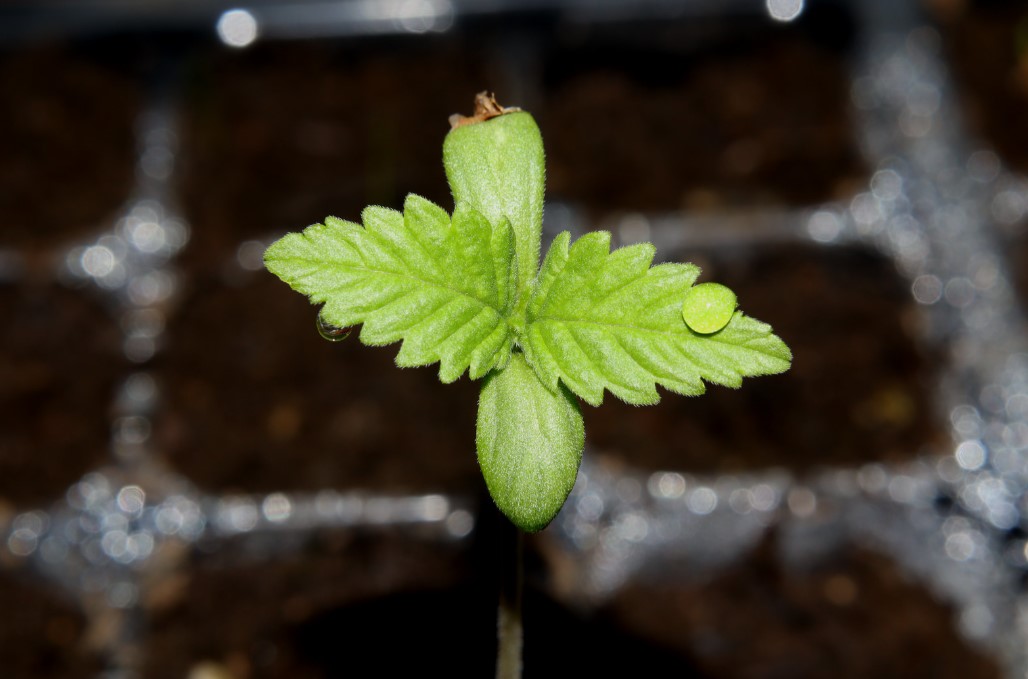
Gray rot
A fungal disease that influences only the crop (in this case, the inflorescence). The period of active growth of the fungus falls on the flowering period of the culture. Gray rot provokes the appearance of brown spots on marijuana leaves.
Reason: high humidity, improper cultivation.
Combating gray rot: if you find gray rot on a plant, then you need to remove those parts of the plant that were severely affected, change the climatic conditions for the crop and treat the entire plant with fungicides.
Pythium root rot
While powdery mildew primarily modifies advanced crops, root rot, on the contrary, will affect your seedlings. It also looks much like it sounds: brown, greasy roots with a black mound and shriveled leaves.
Small plants that don't have enough root systems to really thrive and resist small infections.
Reason: High humidity, poor air exchange.
Pythium thrives in moist soil. Powdery mildew develops at high humidity and spreads at low humidity.
The disease is most active: 55% or higher, and the temperature is in the range of 60 to 70 degrees Celsius.
Combating Pythium Root Rot
There are a few simple ways a grower can manage humidity levels while growing, such as adjusting watering times to prevent lingering dampness. Adding additional airflow equipment to the grow room can also result in a more stable environment.
It's worth starting with a grow space and then building on good environmental conditions with the right lighting. Then you start tracking down potential problems, so your plants can recover quickly.
The widespread botrytis or powdery mildew can destroy entire crops of plants. But if you find it early, you can save the crop.
Prevention
Tools, equipment, dehumidifiers, air filters, and cannabis seed and pruning facilities should be cleaned and disinfected regularly.
In addition, air filtration and purification systems such as HEPA filters and UV filters can also be used to reduce airborne pollutants and pathogens. In particular, botrytis and powdery mildew spread through the air.
Maintain proper humidity and air temperature
Some pathogens, such as powdery mildew and gray mold, thrive in warm, humid environments with poor air circulation. In the case of gray mold, it is especially important to monitor these levels in the flowering room because the risk of infection increases as the buds mature.
How to spray marijuana leaves against pests
Fungicide - a chemical mixture against fungi on plants, you need to choose your own fungicide for each crop. Effectively fights marijuana diseases.
Insecticide - a chemical preparation for the destruction of harmful insects. Must be used if you notice holes in marijuana leaves.
Herbicide - a preparation for the removal of harmful vegetation (weeds).
The material is compiled on the basis of foreign forums and reviews of experienced growers from around the world. As a reminder, you can grow cannabis only in countries where it is allowed by law.



